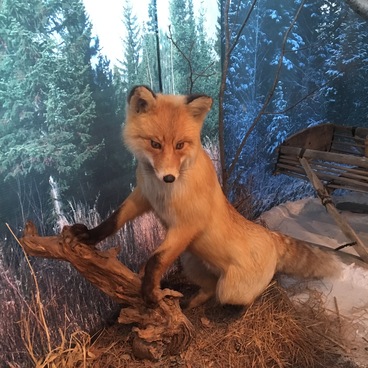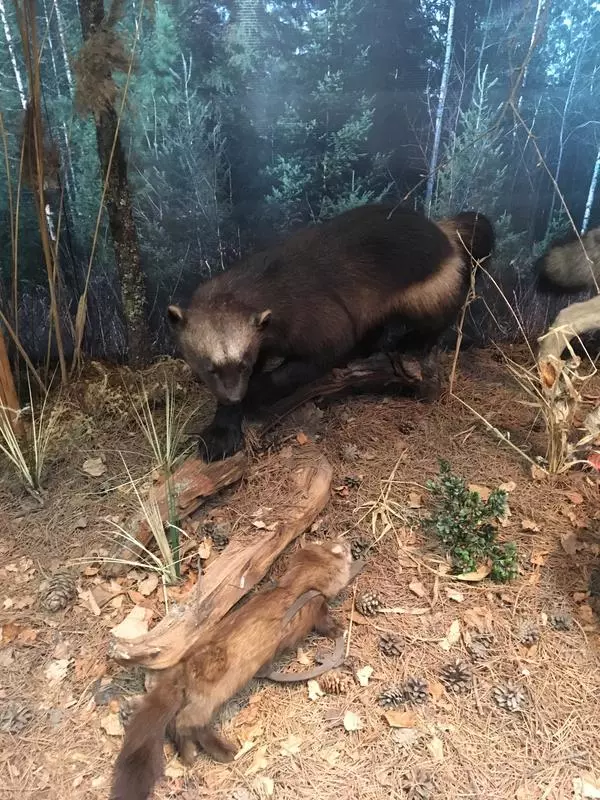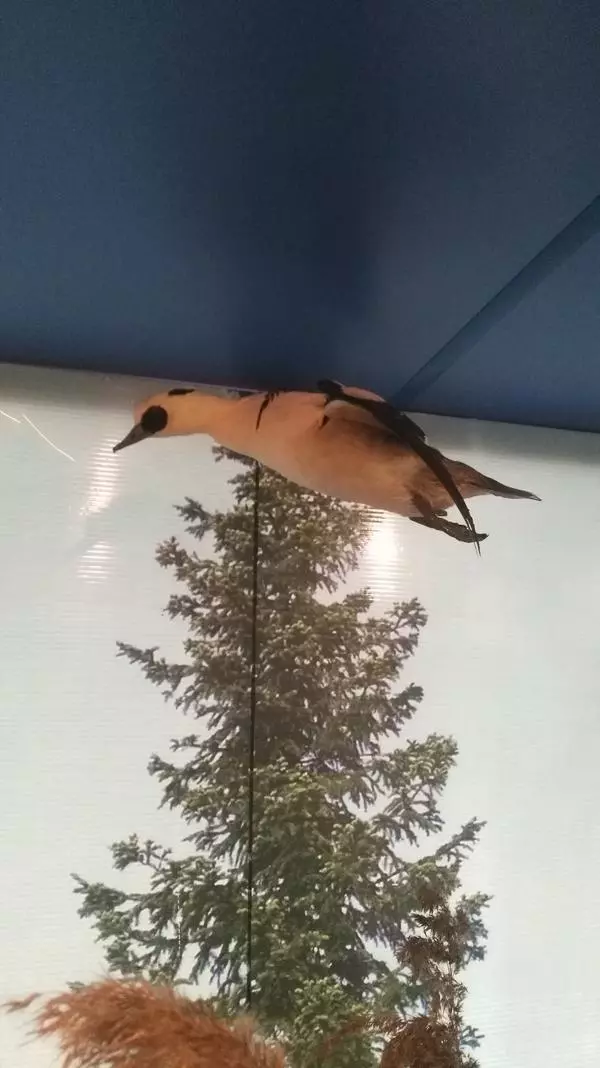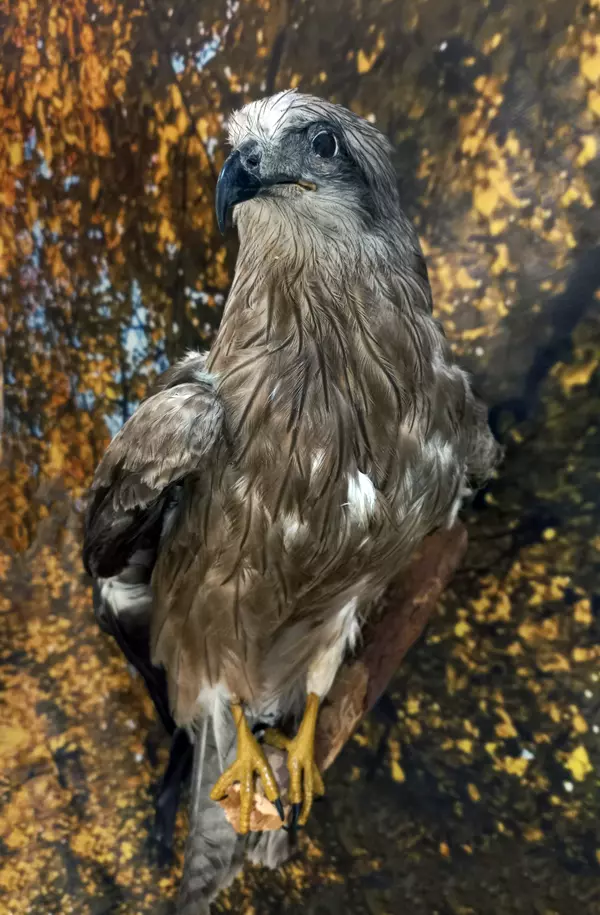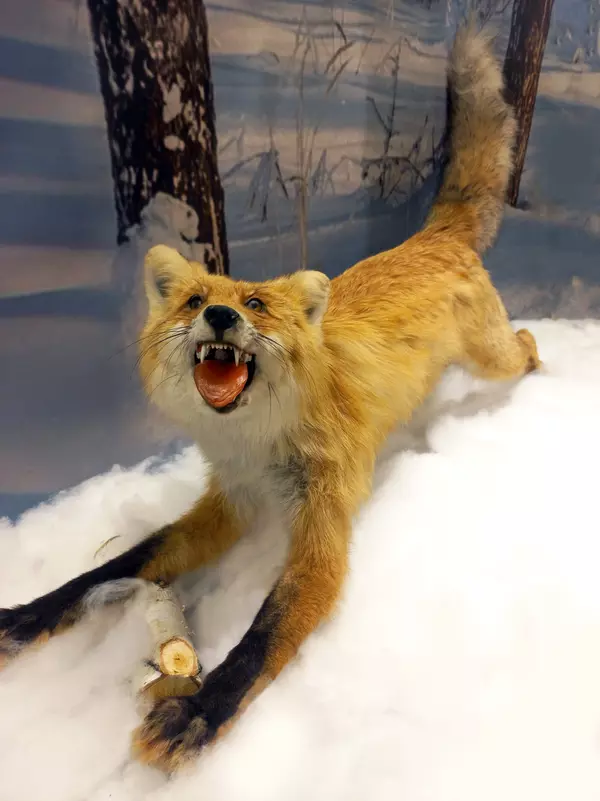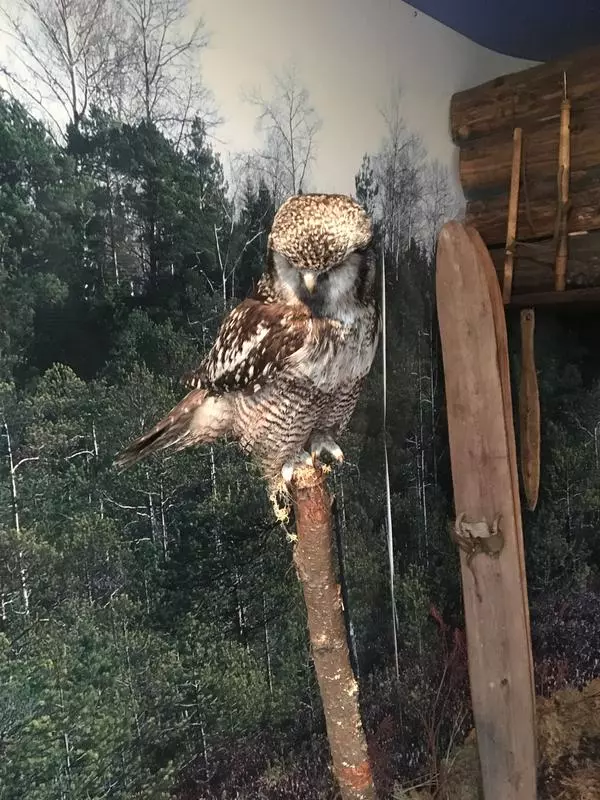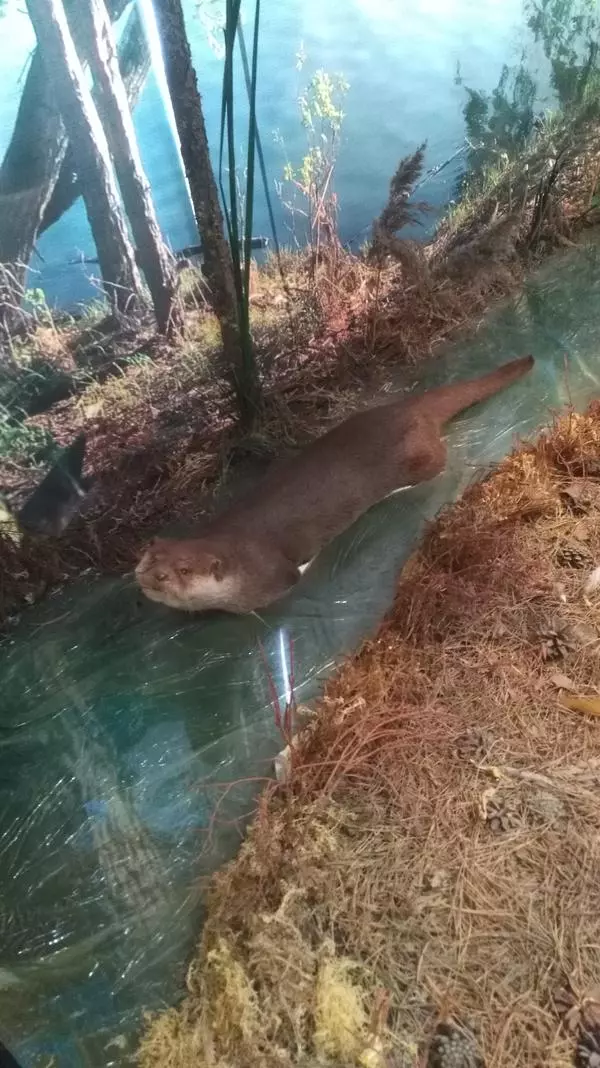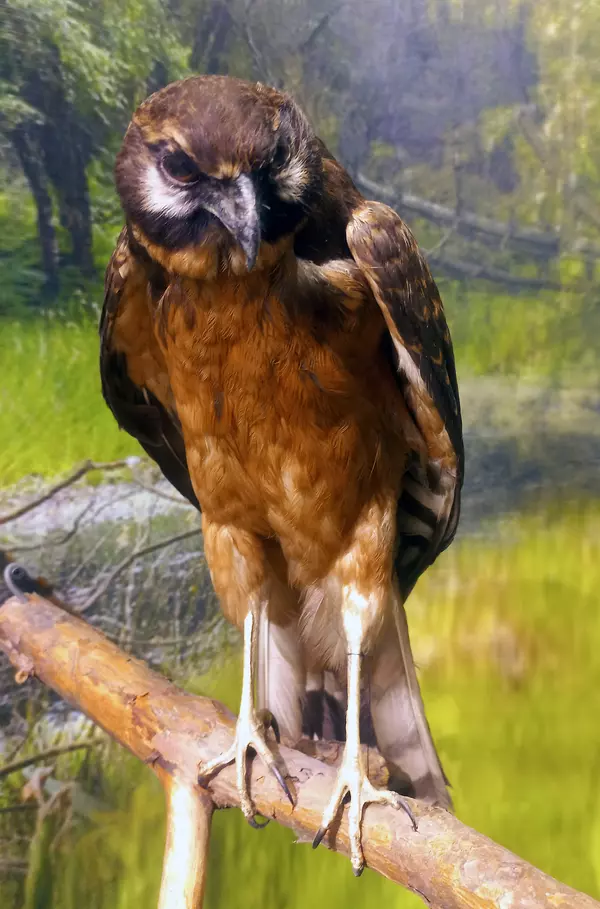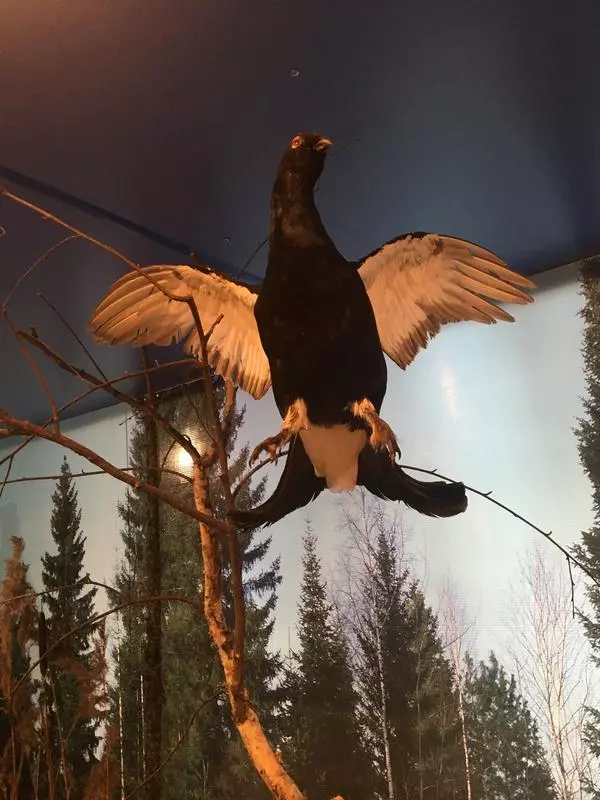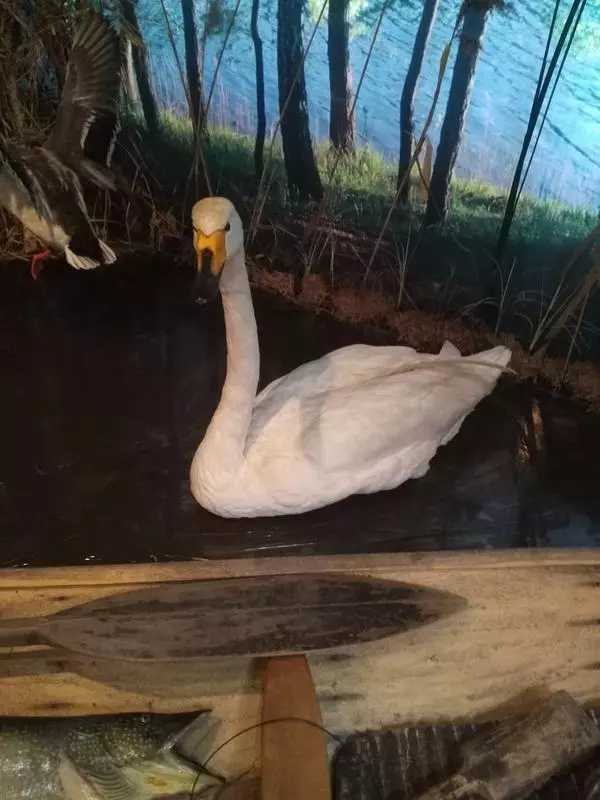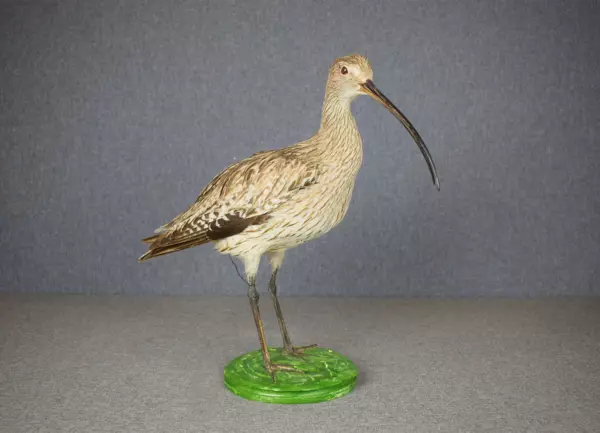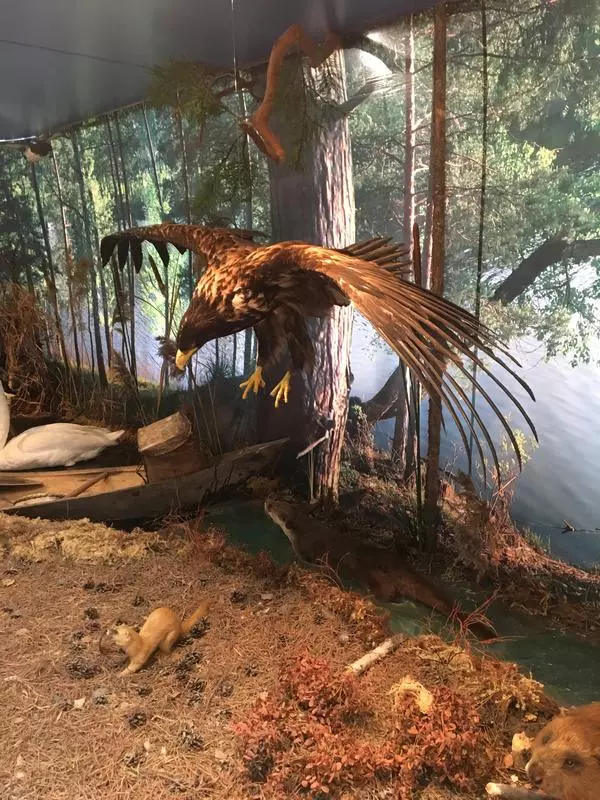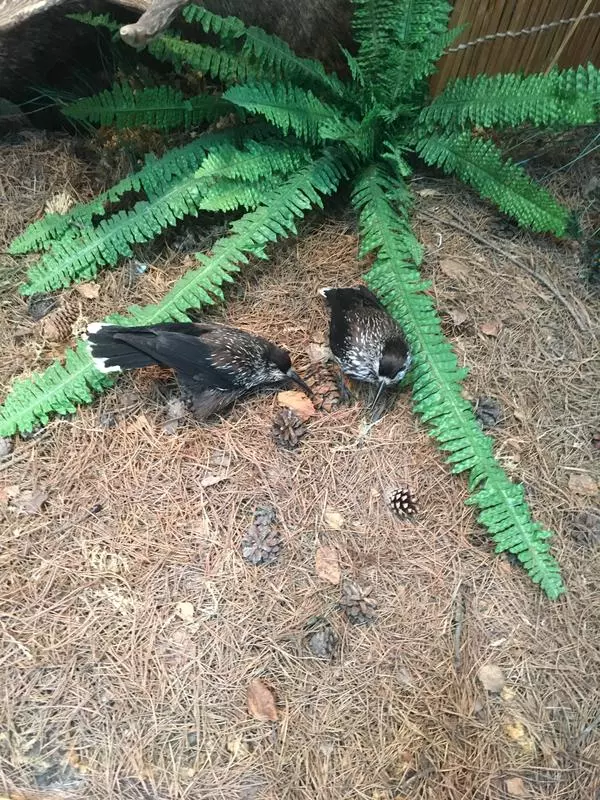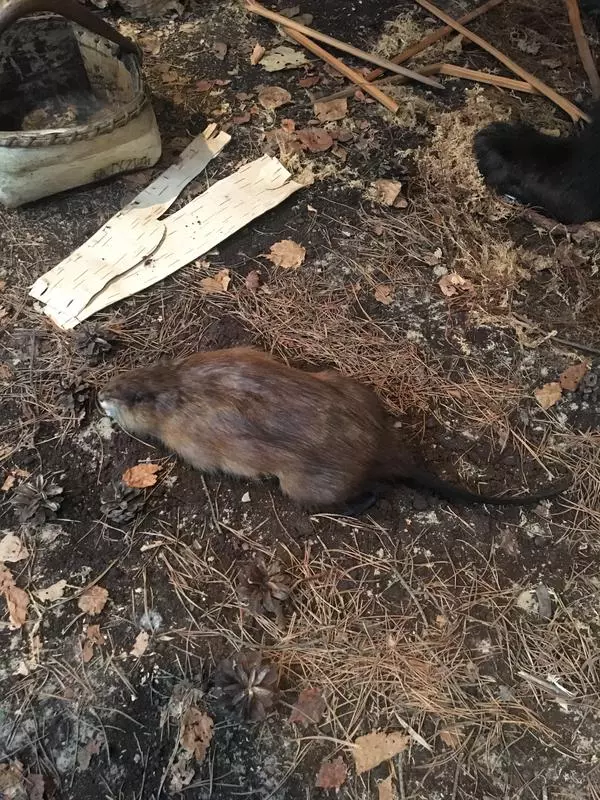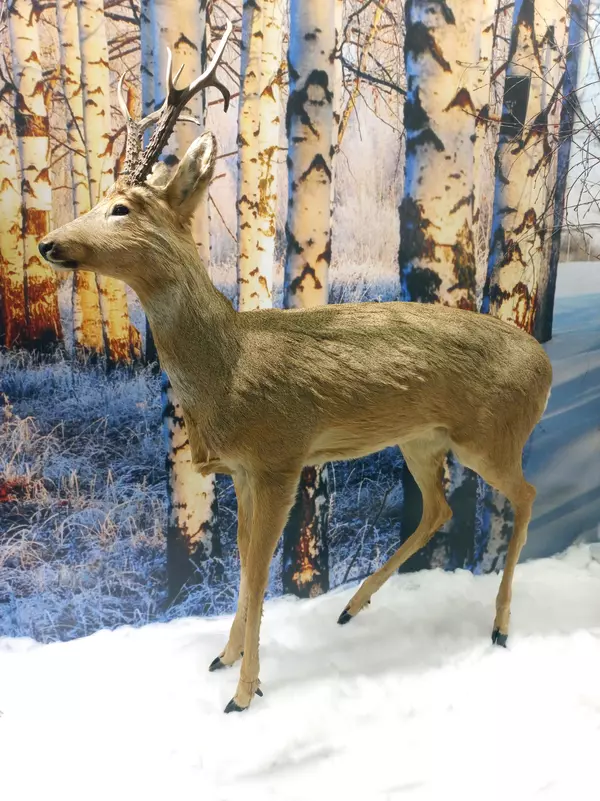The elk (Alces alces) is an even-toed mammal, one of the largest species of the deer family. Females do not have antlers, but males have huge ones — the biggest among modern mammals. Their spread can be as big as 180 centimeters across, and they can weigh20 to 30 kilograms. The elk drops its antlers in November or December every year, and a new set of antlers regrow in April or May.
Elks typically inhabit forests, but they also can be found in tundra and steppes. Of great importance to them is access to a swamp, a still river or lake: There they feed on aquatic vegetation and escape from heat in summer. In winter, elks need mixed or coniferous forests. If the snow height does not exceed 30 to 50 centimeters, the animals remain sedentary. If the snow thickness reaches 70 centimeters, they move to less snowy areas for the winter season.
In summer, elks become nocturnal animals: They feed in the dark period. In the daytime, they usually stay in open places with cooling wind blowing, in lakes or bogs, immersing in cool water up to their neck, or in dense coniferous forests that protect them from insects, if only a little. In winter, elks feed in the daytime, and at night they stay in their lair almost all the time. In sub-zero temperatures, animals lie down in friable snow so that only their head and shoulder stick up — this allows them to keep warm.
The elk’s ration includes shrubs, moss, lichen, mushrooms, tall herbaceous plants, young shoots, and tree leaves. Animals use their large lips to hold a branch and eat all the foliage. They are not able to pinch the grass because of their tall height and a short neck. In summertime, elks also look for food in ponds, and they can keep their head underwater for about a minute, nibbling on aquatic plants. When autumn comes, they switch over to branches or nibble on tree bark. When food is available in abundance, elks can eat about 30 kilograms per day, but in wintertime, no more than 15 kilograms.
The life span of an average elk is about 25 years, but in the wild, they perish much earlier. They are often hunted both by humans and by large forest predators, such as bears and wolves.
Many nations worshiped the elk in ancient times. Drawings with its images were found on sarcophagi, tombs, and in caves. In Siberia, it was believed that the constellation Ursa Major and the Milky Way formed when people were hunting elks.
Elks typically inhabit forests, but they also can be found in tundra and steppes. Of great importance to them is access to a swamp, a still river or lake: There they feed on aquatic vegetation and escape from heat in summer. In winter, elks need mixed or coniferous forests. If the snow height does not exceed 30 to 50 centimeters, the animals remain sedentary. If the snow thickness reaches 70 centimeters, they move to less snowy areas for the winter season.
In summer, elks become nocturnal animals: They feed in the dark period. In the daytime, they usually stay in open places with cooling wind blowing, in lakes or bogs, immersing in cool water up to their neck, or in dense coniferous forests that protect them from insects, if only a little. In winter, elks feed in the daytime, and at night they stay in their lair almost all the time. In sub-zero temperatures, animals lie down in friable snow so that only their head and shoulder stick up — this allows them to keep warm.
The elk’s ration includes shrubs, moss, lichen, mushrooms, tall herbaceous plants, young shoots, and tree leaves. Animals use their large lips to hold a branch and eat all the foliage. They are not able to pinch the grass because of their tall height and a short neck. In summertime, elks also look for food in ponds, and they can keep their head underwater for about a minute, nibbling on aquatic plants. When autumn comes, they switch over to branches or nibble on tree bark. When food is available in abundance, elks can eat about 30 kilograms per day, but in wintertime, no more than 15 kilograms.
The life span of an average elk is about 25 years, but in the wild, they perish much earlier. They are often hunted both by humans and by large forest predators, such as bears and wolves.
Many nations worshiped the elk in ancient times. Drawings with its images were found on sarcophagi, tombs, and in caves. In Siberia, it was believed that the constellation Ursa Major and the Milky Way formed when people were hunting elks.
